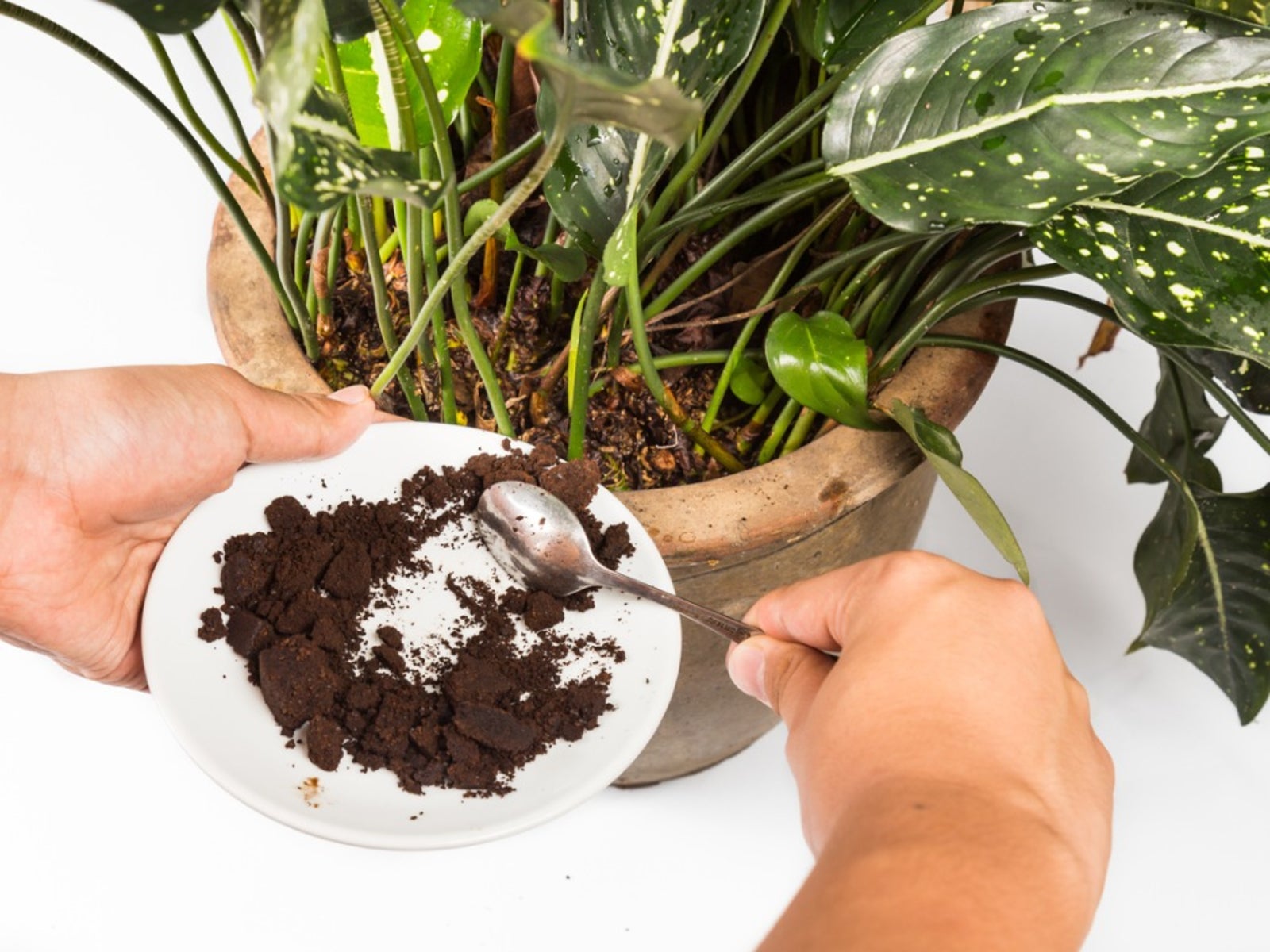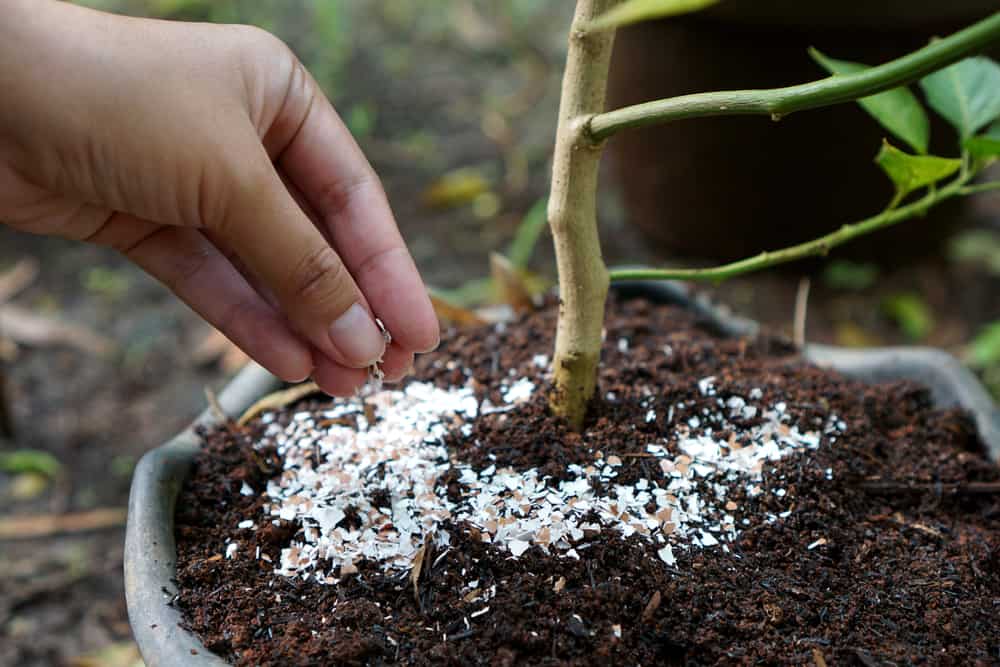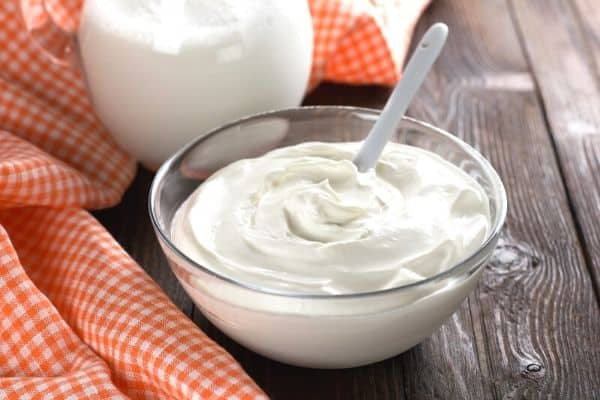Easy Diy Fertilizers For Flowering Plants That Will Make Your Garden Bloom
Flowering plants need nutrients to thrive, just like any other plant. But unlike other plants, flowering plants need more phosphorus and potassium to produce blooms. You can buy commercial fertilizers that are specifically designed for flowering plants, but you can also make your own DIY fertilizers that are just as effective and much cheaper.
Here are some easy DIY fertilizers that you can make for your flowering plants:
- Coffee grounds. Coffee grounds are a great source of nitrogen, which is essential for plant growth. To use coffee grounds as fertilizer, simply sprinkle them around the base of your plants. You can also compost coffee grounds and use the compost as fertilizer.
- Banana peels. Banana peels are another great source of potassium, which is essential for flowering. To use banana peels as fertilizer, chop them up and bury them in the soil around your plants. You can also make a banana peel tea by simmering banana peels in water for 30 minutes. Strain the tea and use it to water your plants.
- Eggshells. Eggshells are a good source of calcium, which is important for plant growth and development. To use eggshells as fertilizer, crush them up and sprinkle them around the base of your plants. You can also compost eggshells and use the compost as fertilizer.
- Fish emulsion. Fish emulsion is a liquid fertilizer that is made from fish byproducts. It is a good source of nitrogen, phosphorus, and potassium, all of which are essential for flowering. To use fish emulsion, dilute it according to the directions on the label and water your plants with it.
- Compost. Compost is a great all-purpose fertilizer that is made from organic materials, such as food scraps, yard waste, and manure. It is a good source of nitrogen, phosphorus, potassium, and other essential nutrients. To use compost, simply spread it around the base of your plants.
These are just a few easy DIY fertilizers that you can make for your flowering plants. With a little creativity, you can find other household items that you can use to fertilize your plants.
Here are some tips for using DIY fertilizers:
- Always test your soil before fertilizing to make sure that your plants actually need it.
- Start with a weak solution and gradually increase the concentration as needed.
- Do not over-fertilize, as this can damage your plants.
- Water your plants thoroughly after fertilizing.
With a little care and attention, you can easily keep your flowering plants healthy and blooming with these easy DIY fertilizers.
Do you want your flowering plants to bloom beautifully? If so, you need to give them the right nutrients. One way to do this is to use homemade fertilizer. There are many different recipes for homemade fertilizer, but some of the most popular ingredients include:
- Grass clippings: Grass clippings are a great source of nitrogen, which is essential for plant growth.
- Coffee grounds: Coffee grounds are high in potassium, which helps to promote flowering.
- Eggshells: Eggshells are a good source of calcium, which helps to strengthen plant stems and roots.
- Yeast: Yeast is a natural fertilizer that can help to improve the overall health of your plants.
If you're not sure how to make homemade fertilizer, or if you want to learn more about the best ingredients for flowering plants, I recommend visiting Garden Wiki. This website has a wealth of information on all things gardening, including recipes for homemade fertilizer, tips on how to care for flowering plants, and more.
FAQ of best homemade fertilizer for flowering plants
Here are the 5 most frequently asked questions about the best homemade fertilizer for flowering plants, along with valuable insights and solutions:
1. What is the best homemade fertilizer for flowering plants?
There are many different homemade fertilizers that can be used to promote flowering in plants. Some of the most popular options include:
- Compost: Compost is a great all-purpose fertilizer that provides plants with a balanced mix of nutrients. You can make your own compost by collecting organic materials like food scraps, yard waste, and leaves, and letting them decompose in a pile or bin.
- Coffee grounds: Coffee grounds are a good source of nitrogen, which is essential for plant growth. You can simply sprinkle coffee grounds around the base of your plants or mix them into the soil.
- Eggshells: Eggshells are a good source of calcium, which helps to strengthen plant stems and flowers. To make an eggshell fertilizer, crush eggshells into a fine powder and mix them with water. Let the mixture sit for a few days, then strain out the eggshells and use the liquid fertilizer to water your plants.
- Banana peels: Banana peels are a good source of potassium, which helps to promote flowering. To make a banana peel fertilizer, chop up banana peels and bury them in the soil around your plants. The peels will slowly decompose and release potassium into the soil.
- Yeast tea: Yeast tea is a good source of nitrogen and phosphorus, which are both essential for flowering. To make yeast tea, dissolve 1 teaspoon of active dry yeast in 1 gallon of warm water. Let the mixture sit for 24 hours, then strain out the yeast and use the liquid tea to water your plants.
2. How often should I fertilize my flowering plants with homemade fertilizer?
The frequency with which you fertilize your flowering plants with homemade fertilizer will depend on the type of fertilizer you are using, the type of plant, and the growing season. In general, you should fertilize your plants once a month during the growing season. However, you may need to fertilize more often if your plants are growing rapidly or if the soil is poor in nutrients.
3. How much homemade fertilizer should I use?
The amount of homemade fertilizer you use will depend on the size of your plants and the type of fertilizer you are using. In general, you should use a 1:10 ratio of fertilizer to water. For example, if you are using 1 cup of coffee grounds, you would mix it with 10 cups of water.
4. What are the benefits of using homemade fertilizer?
There are many benefits to using homemade fertilizer, including:
- It is a natural and sustainable way to fertilize your plants.
- It is often less expensive than commercial fertilizers.
- It can help to improve the quality of your soil.
- It can help to reduce plant diseases and pests.
- It can help to promote healthy plant growth and flowering.
5. Are there any risks associated with using homemade fertilizer?
There are a few risks associated with using homemade fertilizer, including:
- If the fertilizer is not properly diluted, it can burn your plants.
- Some homemade fertilizers, such as fish emulsion, can have a strong odor.
- Homemade fertilizers can attract pests and rodents.
Image of best homemade fertilizer for flowering plants
5 different images of "best homemade fertilizer for flowering plants" from Pinterest:
- Coffee grounds are a great source of nitrogen, which is essential for flowering plants. You can simply sprinkle coffee grounds around the base of your plants or mix them into the soil.

- Eggshells are another good source of nitrogen. To make eggshell fertilizer, crush eggshells into a fine powder and then mix them with water. Let the mixture sit for a few days, then strain it and apply it to your plants.

- Yogurt is a good source of phosphorus, which helps promote flowering. To make yogurt fertilizer, simply mix yogurt with water and apply it to your plants.

- Bananas are a good source of potassium, which helps improve flower color and size. To make banana fertilizer, mash up a banana and mix it with water. Let the mixture sit for a few days, then strain it and apply it to your plants.

- Compost is a great all-around fertilizer for flowering plants. It contains a variety of nutrients that are essential for healthy plant growth. You can make compost at home by combining organic materials such as food scraps, yard waste, and paper products.
.jpg)
Post a Comment for " Easy Diy Fertilizers For Flowering Plants That Will Make Your Garden Bloom"